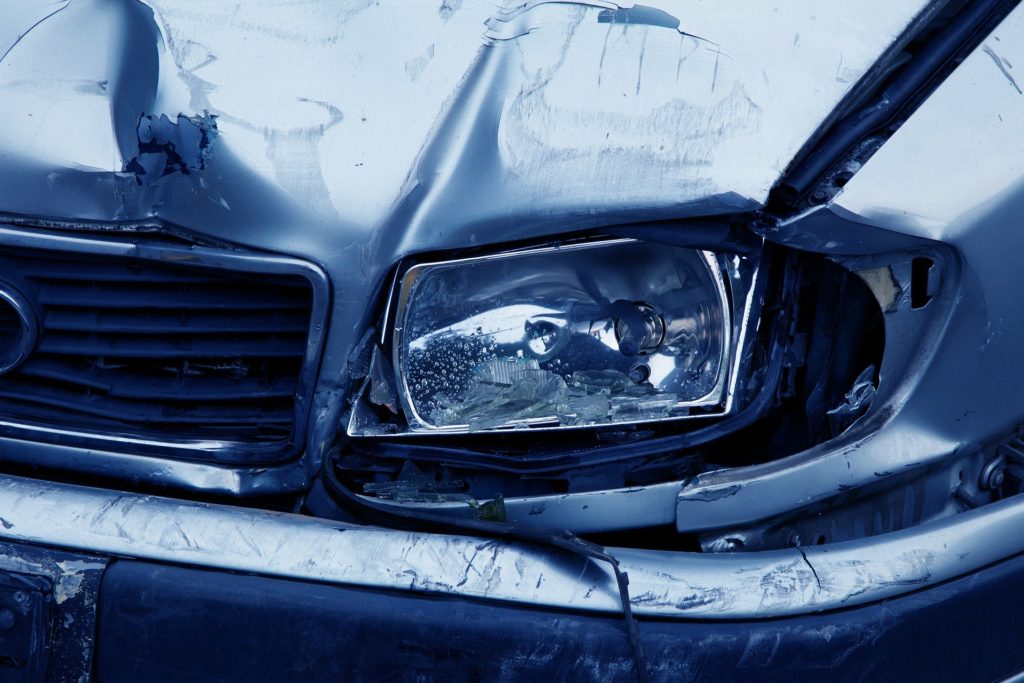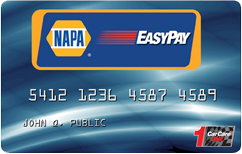
Certain types of auto repairs such as transmission and engine repair are best left to trained, certified auto mechanics. But many everyday vehicle maintenance hassles can be handled by ordinary drivers without any mechanical training. After all, you can save a lot of money by performing minor auto repairs on your own.
How to Jump Start a Dead Battery
Most people will have to contend with a dead car battery at some point. Towing your vehicle to an auto repair shop because of this can be a costly option. Though you can call triple A for a jump, it’s an auto service you can do for yourself with the help of a pair of jumper cables and a good working battery, preferably one that has the same voltage or amperage as yours.
To begin, the hoods of both vehicles should be open with their ignitions turned off. The cars should be positioned so that their hoods are close together but not too close so that they are touching. To prevent rolling, both vehicles should be in park with the emergency brakes on.
First, attach one of the jumper cables with a red clip to the positive terminal of your battery, the dead one. (The positive terminal or end will have either a “POS” or “+” plus sign on it.) Now clamp the other red clip to the positive battery terminal of the other car, the one with the working battery.
Once those are attached, clamp one of the black clips to the negative battery terminal on the other car. Lastly, take the remaining black jumper cable and clamp it to a metal strut or support brace under the hood. (The negative end of the battery terminal for your dead battery should be empty.)
Please Note: To prevent damage to the electrical system of either vehicle, it is important that the cables be clamped on in the proper order.
Now start the car with the functioning battery and keep it running for at least five full minutes before trying to start the other car. In most cases, this is enough time to charge up the dead battery at least until you can get to an auto repair shop to get a new one. Once charged, make sure to drive the car around for fifteen minutes to fully power it up.
If a jump doesn’t work, it’s likely that a more serious auto repair related to the electrical system or alternator may be required.
A Second Auto Repair Anyone Can Do: Changing a Fuse
Speaking of electrical systems, changing a fuse is another type of minor auto repair any driver can do. How do you know if a fuse needs to be replaced? If a light on your dashboard isn’t illuminating, your stereo isn’t working, or your turn signals stop blinking, this could be a signal that you have a dead fuse. With a little patience and attention to detail, you can replace the blown fuse for less than the cost of visiting an auto repair shop in San Diego.
When changing the fuse, it’s important to make sure the ignition is off; you never want to change a fuse when the vehicle is on!
Vehicles generally have two fuse boxes, one under the dash and one under the hood. Your vehicle’s owner’s manual will show you exactly where the fuse box is located. The cover of the fuse box will lay out each fuse, its voltage, and what it is used for. The hardest part of this automotive repair is making sure you replace the old fuse with a new one that is identical in every way, minus the broken filament. If you replace the fuse with an incorrect one or one with different amperage, this could cause






